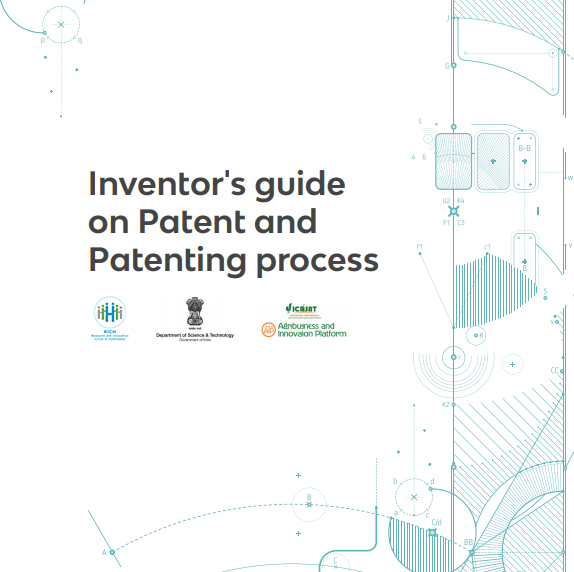Copyright is a right given by the law to creators of literary, dramatic, musical and artistic works and producers of cinematograph films and sound recordings. Works covered by copyright range from books, music, paintings, sculpture and films, to computer programs, databases, advertisements, maps and technical drawings. A copyright protects the expression of an idea, but not the idea itself. The owner of a copyrighted work has the right to reproduce it, to make derivative works from it (such as a movie based on a book), or to sell, perform or display the work to the public. You don't need to register your material to hold a copyright, but registration is a prerequisite if you decide to sue for copyright infringement.
Patent is an exclusive right granted for an invention. Patent gives the legal right to exclude anyone else from manufacturing or marketing your unique tangible product. In exchange for this right, the patent owner makes technical information about the invention publicly available in the published patent document. Once you hold a patent, others can seek to license your product. In India the life of a Patent is 20 years.
A Trademark is a sign capable of distinguishing the goods or services of one enterprise from those of other enterprises. Trademark is, generally speaking, the good will or good name of a company. Trademark is a word, name, phrase, sound or symbol or a combination of any of these used in association with services or products. Trademarks date back to ancient times when artisans used to put their signature or "mark" on their products.Trademark protection lasts for 10 years after registration and can be renewed in perpetuity.
An industrial design constitutes the ornamental or aesthetic aspect of an article. A design may consist of three-dimensional features, such as the shape or surface of an article, or of two-dimensional features, such as patterns, lines or color. The duration of the registration of a design is initially ten years from the date of registration. This initial period of registration may be extended further for a period of 5 years.
Geographical indications are signs used on goods that have a specific geographical origin and possess qualities, a reputation or characteristics that are essentially attributable to that place of origin. Most commonly, a geographical indication includes the name of the place of origin of the goods.
Plant variety protection provides legal protection of a plant variety to a breeder in the form of Plant Breeder’s Rights (PBRs). PBRs are intellectual property rights that provide exclusive rights to a breeder of the registered variety.
Trade secrets are IP rights on confidential information which may be sold or licensed. The secret may be a formula for a chemical compound; a process of manufacturing, treating, or preserving materials; a pattern for a machine or other device; or a list of customers. The unauthorized acquisition, use or disclosure of such secret information in a manner contrary to honest commercial practices by others is regarded as an unfair practice and a violation of the trade secret protection.
In India different IPR protections are governed by the following laws:
- Trade Marks Act, 1999
- The Patents Act, 1970 (as amended in 2005)
- The Copyright Act, 1957
- The Designs Act, 2000
- The Geographical Indications of Goods (Registration and Protection) Act, 1999
- The Protection of Plant Varieties and Farmers' Right Act, 2001
- The Semiconductor Integrated Circuits Layout Design Act, 2000
- The Information Technology Act, 2000




